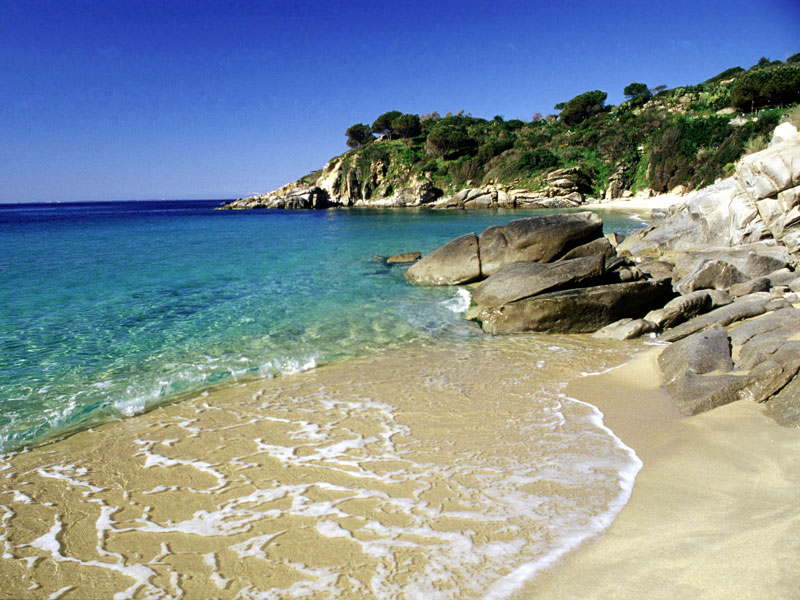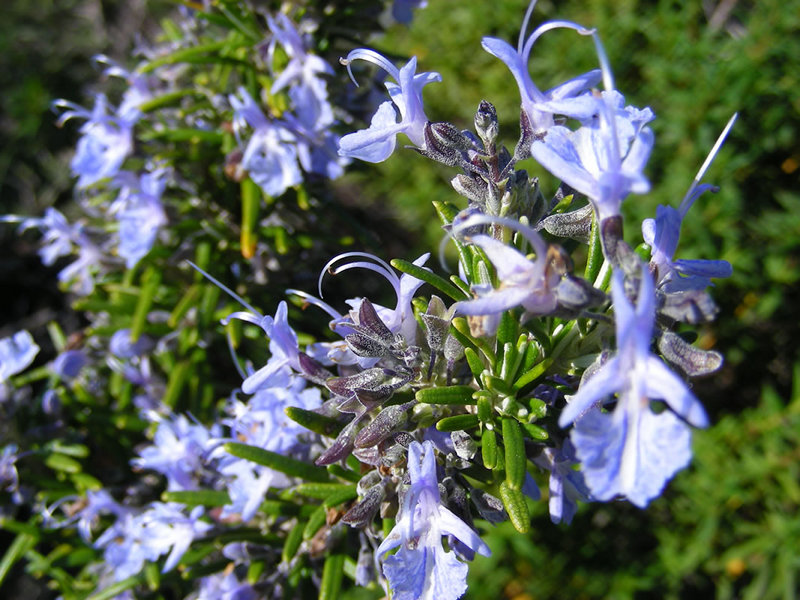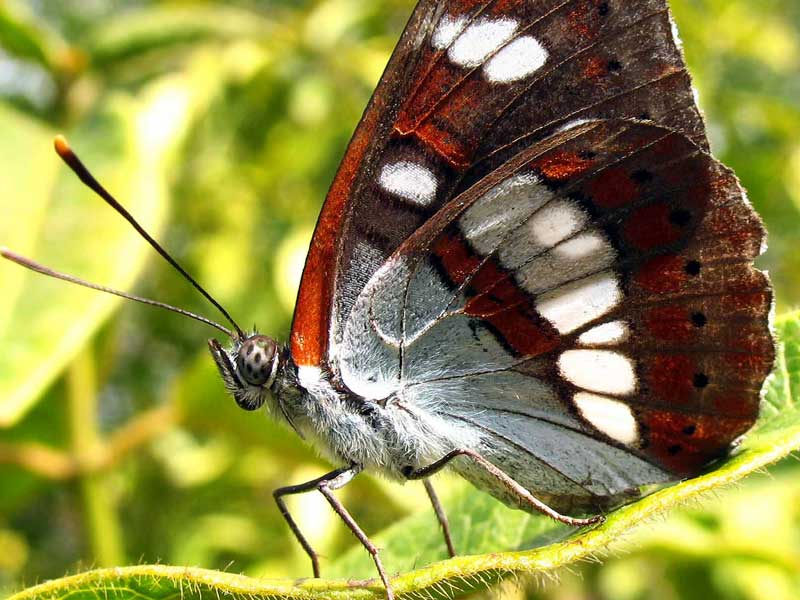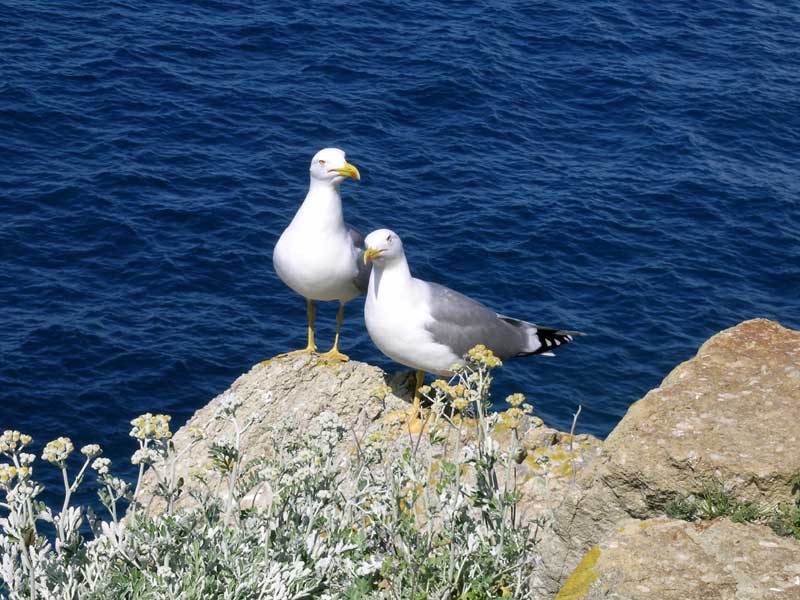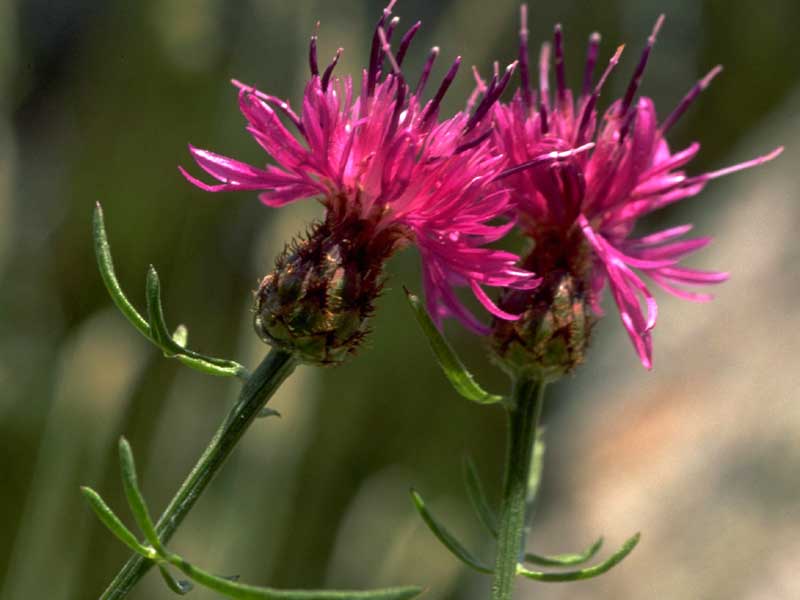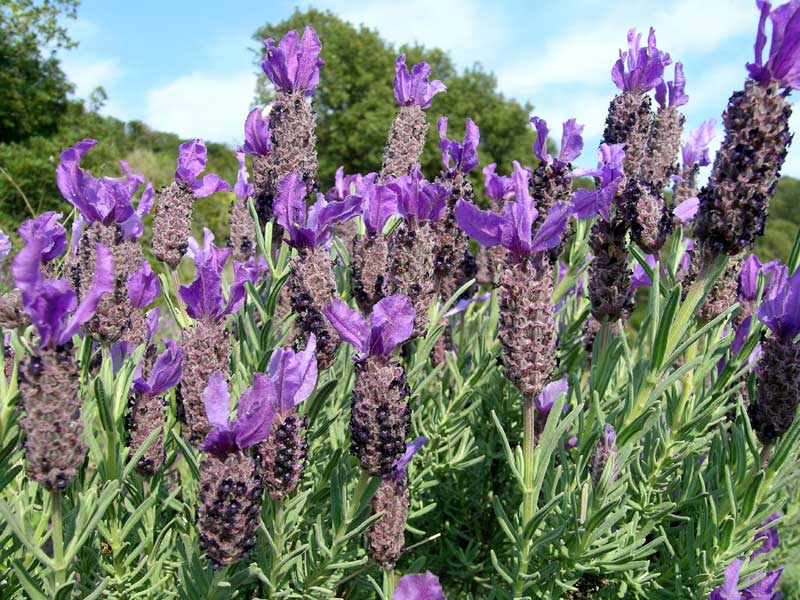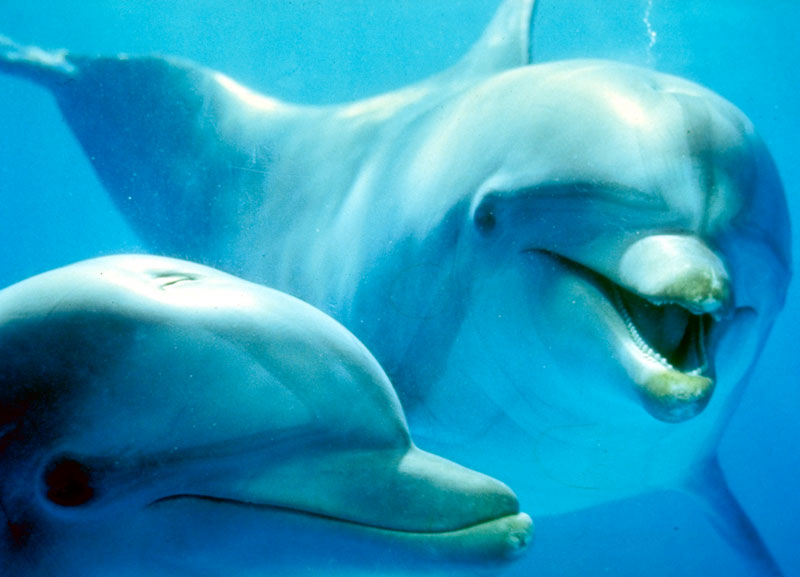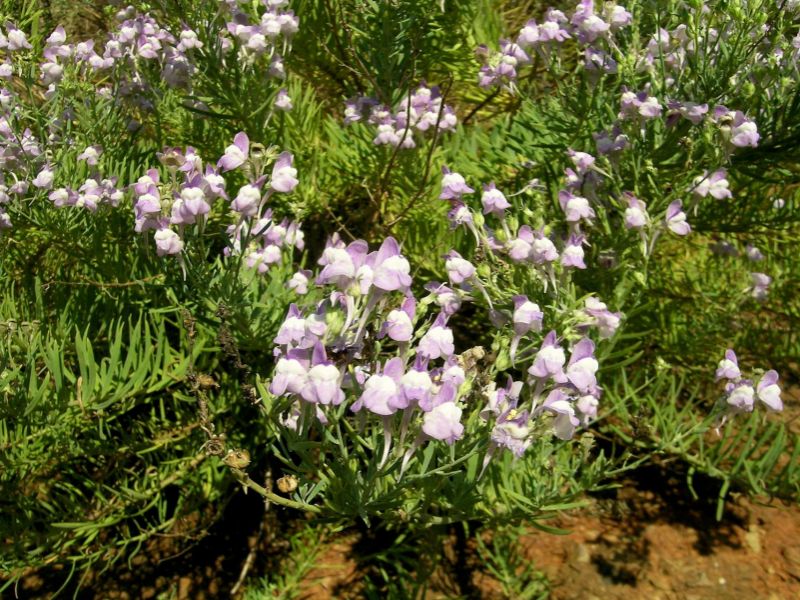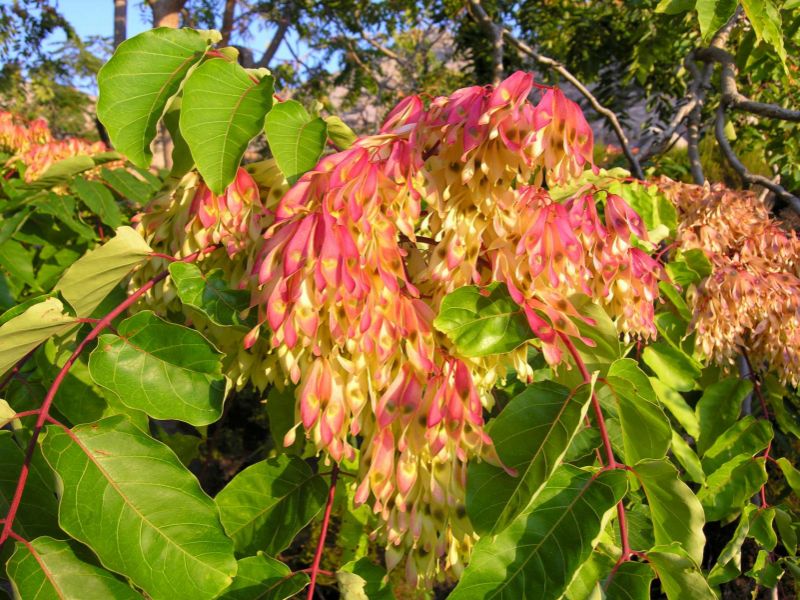Protected Area
Identity Card
- Arcipelago Toscano National Park:
- Land Surface Area: 17'887.00 ha
- Sea Surface Area: 56'776.00 ha
- Protected flora: 3 species (Italian text)
- Protected wildlife: 95 species (Italian text)
- Habitats: 25 types (Italian text)
- Regions: Toscana
- Provinces: Grosseto, Livorno
- Municipalities: Campo nell'Elba, Capoliveri, Capraia Isola, Isola del Giglio, Livorno, Marciana, Marciana Marina, Porto Azzurro, Portoferraio, Rio
- Establishment Measures: L 305 28/08/1989 - DD MM 21/7/89, 29/8/90, DPR 22/7/96
- PA Official List: EUAP0010
- Park Authority: Ente Parco Nazionale Arcipelago Toscano
- Further managed Protected Areas:
- ZPS Elba orientale
- ZPS Isola di Capraia - area terrestre e marina
- ZSC e ZPS Isole di Cerboli e Palmaiola
- ZSC Scarpata continentale dell'Arcipelago Toscano
- Zona Speciale di Conservazione Isola di Capraia - area terrestre e marina
- Zona Speciale di Conservazione Scoglietto di Portoferraio
- ZSC e ZPS Isola del Giglio
- ZSC e ZPS Monte Capanne e promontorio dell'Enfola
- Zona Speciale di Conservazione e Zona di Protezione Speciale Isola di Giannutri - area terrestre e marina
- Zona Speciale di Conservazione e Zona di Protezione Speciale Isola di Montecristo e Formica di Montecristo - area terrestre e ma
- Zona Speciale di Conservazione e Zona di Protezione Speciale Isola di Pianosa - area terrestre e marina
- Zona Speciale di Conservazione Isola di Gorgona - area terrestre e marina
- Riserva MAB Unesco Isole di Toscana
Tuscan Archipelago
It includes the terrestrial areas of the seven islands of Arcipelago Toscano: Elba, Capraia, Gorgona, Pianosa, Montecristo, Giglio, Giannutri, and the marine area surrounding the smaller islands. These islands have a very different geological formation: Capraia is a volcanic island, while Giglio and Elba are mainly granitic islands. A great geological variety which influences shape and landscape of each island. The very ancient presence of man, witnessed by the finds and the long mineral processing tradition, has deeply shaped the original vegetation and the ilex woods only survive in some parts of Elba, which is dominated by Mediterranean maquis.
Arcipelago Toscano has always represented an important shelter and connection area between the Sardinian-Corsican system and the peninsula. This history has led to the presence in the Archipelago of extremely specialized animal and vegetal species which formed during the periods of isolation and species which only live in Corsica and Sardinia. There are colonies of sea birds, like shearwaters and seagulls, among which the rare Audouin's Gull, a Mediterranean endemic species which in Italy lives in a few places. The presence of the Mediterranean monk seal has also been sporadically recorded, and it also possible to sight cetaceans.
Further information (Italian text)
Fauna
The islands are characterized by the presence of a number of endemic species. The most interesting ones are the citril finch, the common self heal, the Sardinian tree frog, the Tyrrhenian painted frog, and the leaf-fingered gecko. The terrestrial mammals are those typical of the Mediterranean environment, with the important presence of the marten; also the rabbit is rather widespread. On the contrary, the wild boar of the Maremma extinguished at the beginning of the 19th century. The species typical of Central Europe has been introduced thirty years ago, but it reproduced in an uncontrolled manner in the Elba, becoming a serious problem for the safeguard of the floristic endemic species and of the agricultural products. The Archipelago is a stop and nesting point for a number of migratory birds. There are also colonies of shearwaters and seagulls, among which the rare Audouin's gull which has been chosen as the Park's symbol.
(All the following links lead to Italian texts)
Flora
The main aspects influencing the vegetation of Arcipelago Toscano are the Mediterranean climate and the insularity. The dominating vegetation consists of evergreen plants with coriaceous leaves protected by a robust and hardly impermeable epidermis, or by plants with extremely reduced leaves which sometimes become thorns, or those without leaves, like the brooms.
Of the large holm oak forests, nowadays only some copses remain; the orographic and altitude complexity of the Isola d'Elba has favoured the presence of chestnut tree woods; on the mountains there are the European yew and the hop hornbeam.
The most frequent vegetation in the Park is today the Mediterranean maquis. Among its species we remember: the strawberry tree, the buckthorn, the mastic tree, Phoenician juniper, the myrtle, the heath, the rosemary, the lavender, the wonderful brooms, and the colored cyst.
Linaria Capraria and the sea lily are worth a mention.
(All the following links lead to Italian texts)
Marine Environment
Rocks
The island of the Tuscan Archipelago are made up of different types of rocks: magmatic, both intrusive (granites, granite porphyries and aplitic veins), effusive (basalts and rhyolites), sedimentary (limestones, sandstones, etc.), metamorphic (phyllites, gneiss, marbles, etc.), as well as the famous iron one clusters of the eastern part of the Elba Island. These rocks show particular aspects connecting them to their varied and distant areas of origin, giving us tangible evidence of the movements and overlapping that allowed the Tuscan Archipelago to arise.
Further information (Italian text)
Endemisms
Endemisms are animal or plant species detected in a defined territory. The size of this territory does not lie within a preset maximum and minimum range, and the area included may range from that of an entire nation to a more restricted region, up to a very limited territory, even a few hundred square meters - i.e., the so-called "point" endemisms.
(All the following links lead to Italian texts)
Alien species
Alien species are animal or plant species moved voluntarily or accidentally by humans outside their area of origin. Some of them successfully settle and spread rapidly, causing serious damage to the species and ecosystems native to that place, often accompanied by economic fallout and health problems.
(All the following links lead to Italian texts)





